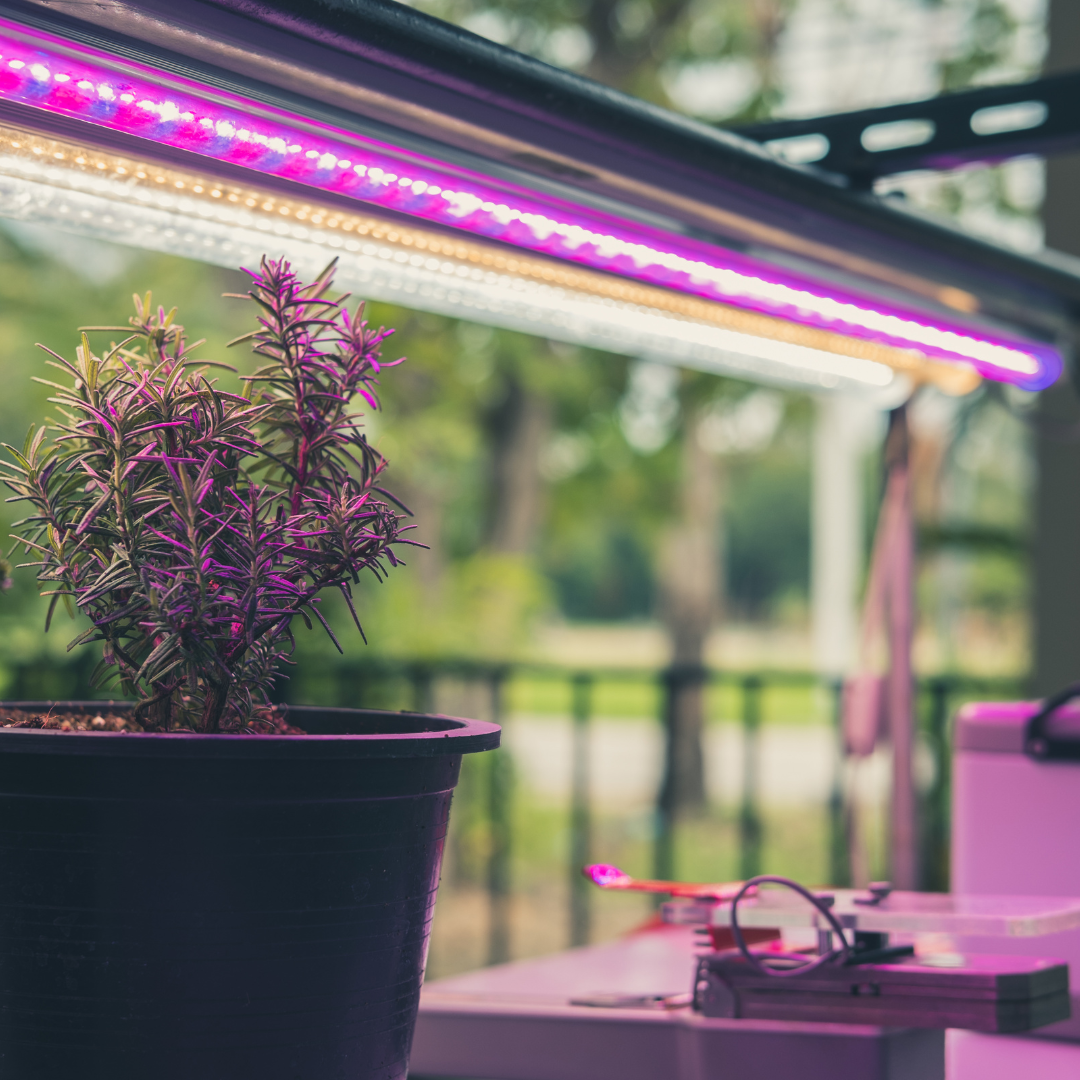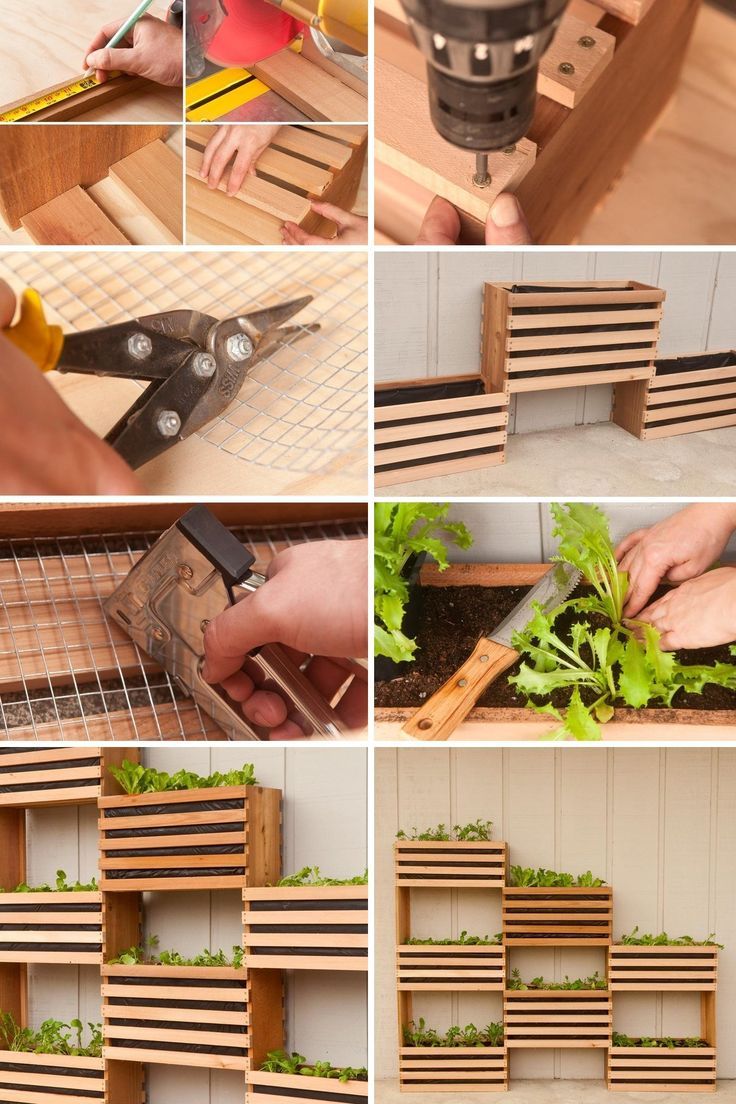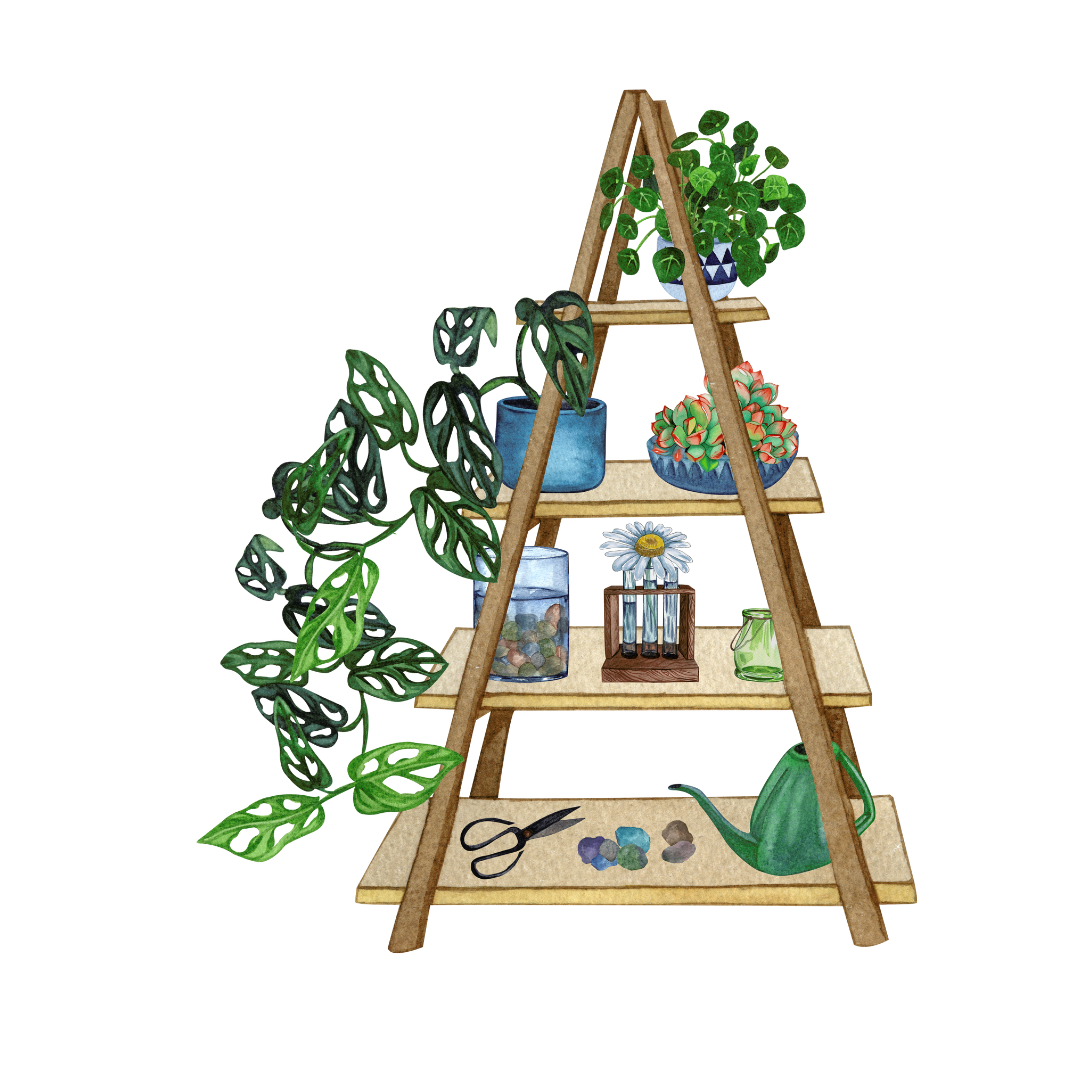As cities grow and space becomes limited, finding new ways to grow food at home is significant.
Vertical gardening is a smart and innovative way to grow plants by using tall structures. This method is perfect for people living in crowded cities with limited space.
In this article, we will explore why vertical gardening is the future of home farming, its many benefits, and how it can make our homes greener and more sustainable.

Table of Contents
ToggleWhat is Vertical Gardening?
Vertical gardening means growing plants on tall structures like towers, walls, or stacked layers.
You can set up these gardens indoors or outdoors. They often use water-based systems like hydroponics or aeroponics to feed the plants.
Vertical gardening makes the most of limited space, which is great for small apartments and urban homes.
The Advantages of Vertical Gardening

1. Saving Space
Vertical gardening is excellent for saving space. By growing plants on vertical surfaces, you can produce a lot of food in a small area.
This is very useful if you live in an apartment or have a small backyard.
2. Growing Food All Year
With vertical gardening, you can grow food all year long. These systems control light, temperature, and humidity, creating the best conditions for plants to grow, no matter what the weather is like outside.
This means you can have fresh food even in winter.
3. Using Less Water
Vertical gardening systems use water very efficiently. They recycle water, so they use up to 90% less water than traditional gardening.
This is important if you live in a city where water can be limited or expensive.
4. Healthier Plants and Bigger Harvests
By controlling the environment, vertical gardens reduce the need for pesticides. This means healthier plants and bigger harvests.
Plus, the plants get the right amount of nutrients, helping them grow better.
5. Making Your Home Greener and More Beautiful
Vertical gardens add greenery to your home, making it look nicer and feel more refreshing.
They also improve air quality, reduce the heat in your home, and support biodiversity by providing homes for insects and birds.
6. Local Food and Lower Carbon Footprint
Growing food at home means less need to buy produce that has been transported long distances, which reduces carbon emissions.
Local food production also means fresher produce for you and your family.
The Role of Technology in Vertical Gardening
Technology plays a big role in vertical gardening. Here are some key innovations:
1. LED Lights
LED lights are ideal for indoor vertical gardening. They provide the right light spectrum for plant growth, can be adjusted for different crops, and are energy-efficient.

This makes them perfect for home gardens, ensuring healthy plants and reduced energy costs.
2. Automation and Smart Sensors
Automation and smart sensors help control the growing conditions in vertical gardens. They monitor things like temperature, humidity, and light, making real-time adjustments to create the best environment for plants.
This increases efficiency and reduces waste.
3. Data and Artificial Intelligence
Data and artificial intelligence (AI) are changing vertical gardening by offering insights into plant health and growth patterns.
AI can predict and optimize crop yields and suggest best practices for better efficiency.
Vertical Gardening and Sustainability
Vertical gardening is all about sustainability. Here are some ways it helps:

1. Lower Carbon Footprint
Growing food at home reduces the need for transportation, which cuts down on greenhouse gas emissions. Local food also means less waste and fresher produce.
2. Energy Efficiency
Vertical gardening systems use renewable energy sources like solar panels and wind turbines. They are designed to be energy-efficient, reducing their impact on the environment.
3. Saving Soil

Traditional gardening can lead to soil erosion and degradation. Vertical gardening doesn’t use soil, which conserves it and reduces contamination from runoff.
4. Efficient Use of Resources
Vertical gardening systems recycle water and nutrients, minimizing waste. This efficient use of resources aligns with the principles of a circular economy, where waste is minimized, and resources are reused.
Challenges and Future Prospects
While vertical gardening has many benefits, it also faces challenges:
1. High Initial Costs
Setting up vertical gardening systems can be expensive, especially with advanced technology like automation and LED lights. However, as technology improves and becomes more affordable, these costs are expected to decrease.

2. Need for Technical Skills
Running vertical gardens requires technical knowledge. Home gardeners need to be trained in managing these systems and using data analytics tools. Education and training programs are essential.
3. Scaling Up
Scaling vertical gardening to feed large urban populations is a challenge. It requires careful planning to integrate these systems into city infrastructure and ensure a steady supply of resources.
Despite these challenges, the future of vertical gardening looks bright.
Continued innovation, investment in research, and supportive policies will drive its growth and solidify its role in sustainable urban farming.
Vertical Gardening at Home: Getting Started
Setting up a vertical garden at home is easier than you might think. Here are some steps to help you get started:

1. Choose Your Plants
Select plants that suit your environment and needs. Herbs, leafy greens, and small vegetables are great choices for beginners.
2. Pick a Suitable Location
Find a spot in your home with enough light. If you don’t have enough natural light, consider using LED grow lights to help your plants thrive.
3. Decide on a Growing System
Choose a vertical gardening system that fits your space and budget. Options include wall-mounted planters, vertical towers, and hydroponic systems.
4. Prepare the Structure
Set up your vertical garden structure securely. Make sure it can support the weight of the plants, water, and growing medium.
5. Plant and Maintain
Plant your chosen crops and regularly check their water and nutrient levels. Use smart sensors and automation to make maintenance easier and more efficient.
Conclusion:
Vertical gardening is more than just a new way to grow food; it represents a major change in home farming.
By using space efficiently, growing food year-round, conserving water, producing healthier plants, and beautifying homes, vertical gardening addresses many challenges of traditional gardening.
As technology advances and the need for sustainable food systems grows, vertical gardening will become even more important.
Home gardeners can create self-sufficient food systems that support the health and well-being of their families while minimizing environmental impact.
The future of home farming is vertical. By investing in and supporting this innovative approach, we can build a more sustainable, food-secure future for everyone.
Key Takeaways
- Vertical gardening is a smart solution for home farming, saving space and increasing crop yields.
- Technology like LED lights, automation, and AI plays a crucial role in vertical gardening.
- Sustainability is a key benefit of vertical gardening, with lower carbon footprints, water conservation, and efficient resource use.
- Starting your own vertical garden at home is easy with the right plants, location, and system.
By leveraging the benefits of vertical gardening and overcoming its challenges, we can create a more sustainable and innovative future in home farming.

